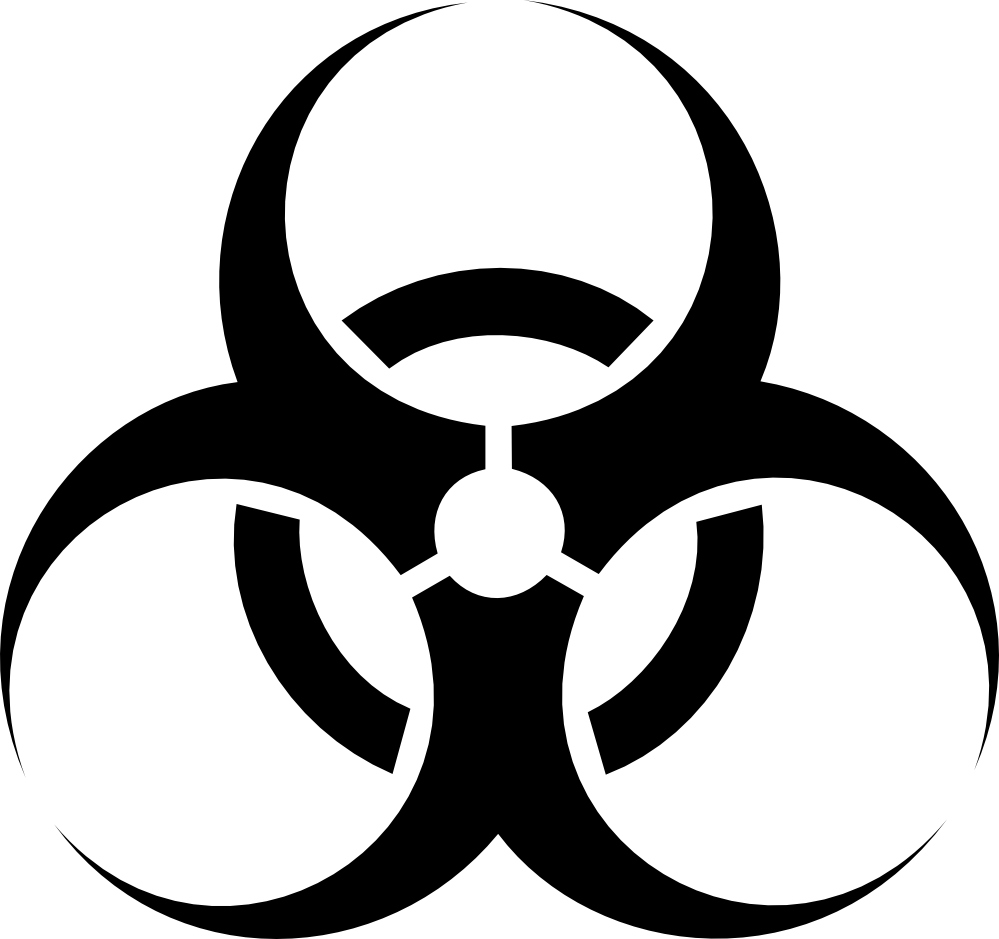Resources with keywords: Waterborne Diseases
Kunz JM, Lawinger H, Miko S, et al.
the report presents outbreak-contributing factors (i.e., practices and factors that lead to outbreaks) and, for the first time, categorizes outbreaks as biofilm pathogen or enteric illness associated.
CDC’s National Wastewater Surveillance System (NWSS) program collects and displays wastewater data from communities across the United States.
Lynch VD, Shaman J
The authors used surveillance data from the National Notifiable Diseases Surveillance System (NNDSS; https://www.cdc.gov/nndss) to identify weekly cases of cryptosporidiosis, giardiasis, Legionnaires’ disease, Escherichia coli infections, salmonellosis, and shigellosis during 1996–2018 for each US state.
Chiumento G, Osinski A, DeVoe K, et al.
This resource lists rapid outbreak assessment and epidemiological updates on outbreaks of food- and water borne diseases.


